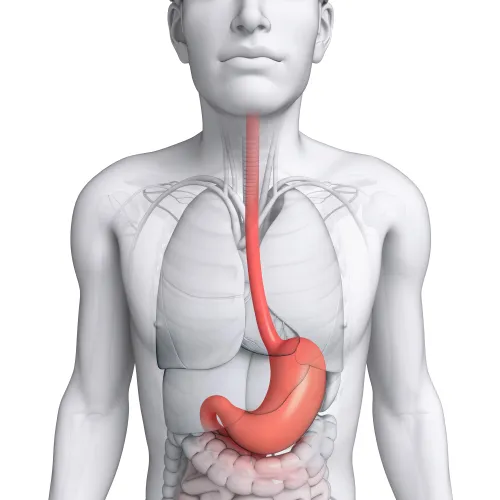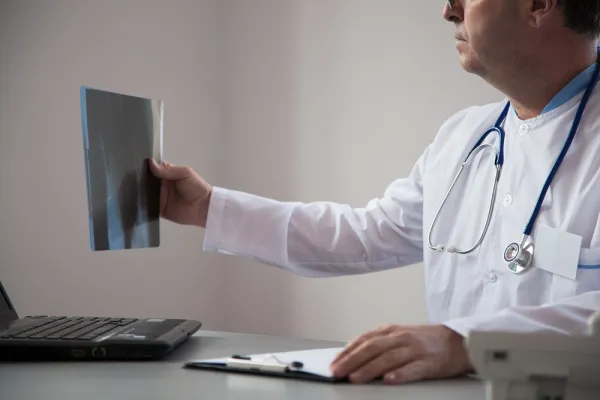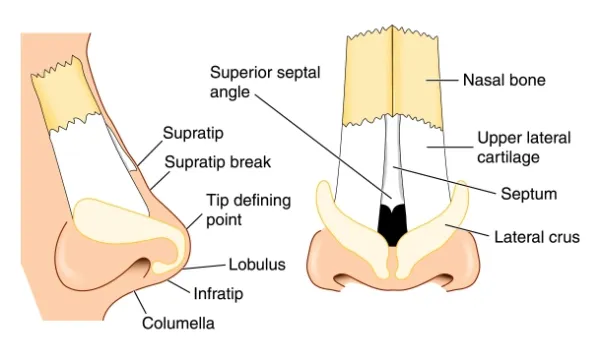Otolaryngology Coding Alert
Wrangle in This Nuanced Set of NCCI Endoscopic Surgery Policies
Think twice before coding separately for access routes. As a surgical coder, you’re all too familiar with the importance of the National Correct Coding Initiative (NCCI) Policy Manual as a reference guide for coding operative reports with accuracy and precision. In recent issues of Otolaryngology Coding Alert, we’ve outlined and unpacked various NCCI policies that impact your practice. Covering those policies puts you in a better position to succeed, but the journey through the NCCI Policy Manual isn’t over yet. In this issue, you’ll get a broader glimpse into a few more rules and instructions that every practicing otolaryngology coder should be familiar with. Have a look at the following NCCI policies to put yourself in the best position for surgical coding success. Identify Evaluation of Access Regions Surgeries The first, and arguably most important, NCCI policy on endoscopic respiratory surgeries, applies to the concept of “access regions”: In the world of otolaryngology coding, this NCCI guideline should be at the forefront of your mind whenever you are working on an endoscopic operative note. Essentially, this NCCI policy is telling you to code the end result of the endoscopic service — not the physician’s approach to the underlying procedure. One of the more common miscoded scenarios is when a coder reports 31276 (Nasal/sinus endoscopy, surgical, with frontal sinus exploration, including removal of tissue from frontal sinus, when performed) with a modifier 59 (Distinct Procedural Service) in addition to 31253 (Nasal/sinus endoscopy, surgical with ethmoidectomy; total (anterior and posterior), including frontal sinus exploration, with removal of tissue from frontal sinus, when performed) or 31255 (Nasal/sinus endoscopy, surgical with ethmoidectomy; total (anterior and posterior)). This is because the services in 31276 are necessary in order for the provider to gain access to perform an ethmoidectomy. Note: In addition to 31253 and 31255, the parenthetical note under 31276 states not to report 31276 in addition to 31296 (Nasal/sinus endoscopy, surgical; with dilation of frontal sinus ostium (eg, balloon dilation)) and 31298 (… with dilation of frontal and sphenoid sinus ostia (eg, balloon dilation)) “when performed on the ipsilateral side.” If the provider performs a separate nasal endoscopy with frontal sinus exploration on the side contralateral to the ethmoidectomy, for example, you may bill both services with a modifier 59 appended to 31276. “A similar example can be made with diagnostic endoscopies,” says Barbara J. Cobuzzi, MBA, CPC, COC, CPC-P, CPC-I, CENTC, CPCO, AAPC Fellow, of CRN Healthcare in Tinton Falls, New Jersey. “A diagnostic endoscopy such as 31235 [Nasal/sinus endoscopy, diagnostic with sphenoid sinusoscopy (via puncture of sphenoidal face or cannulation of ostium)] can be coded on the contralateral side from 31257 [Nasal/sinus endoscopy, surgical with ethmoidectomy; total (anterior and posterior), including sphenoidotomy]. However, it is not the case with 31231 [Nasal endoscopy, diagnostic, unilateral or bilateral (separate procedure)], since this code can be unilateral or bilateral,” Cobuzzi explains. Know Qualifies as Scout Endoscopic Exploration Next up, have a look at these two related NCCI guidelines instructing you on how to address endoscopic surgeries that precede nonendoscopic surgeries: The key here is identifying the difference between a scout versus non-scout endoscopic procedure. While it might seem like an ambiguous distinction, you will want to refer back to the provider’s initial intent when performing the endoscopy. For example, if the provider performs a routine endoscopic service that precedes a planned open surgical operation, you should not bill separately for the endoscopic service. However, if the provider performs an exploratory diagnostic endoscopy and determines from there that an open surgical procedure is necessary, you may consider billing the initial endoscopic service separately. “The key here is determining what the surgeon knew when scheduling the surgery,” says Cobuzzi. If, for instance, the physician was aware of diseased tissue from a biopsy or endoscopy prior to the date of service for the surgery in question, then the scope performed is a scout endoscopy and is nonbillable. “But if the surgeon has no knowledge as to the morphology and/or presence of diseased tissue prior to the surgery, the diagnostic or biopsy endoscopy is separately billable on the day of the open surgery,” explains Cobuzzi. By the same token, the NCCI Policy Manual provides one further guideline for services involving an endoscopic and open surgical procedure at the same encounter: You should report a routine endoscopic service following an open procedure the same way as you would a » preliminary scout endoscopic service. As long as the follow-up endoscopy is related to the underlying surgical procedure, you should not consider the endoscopy separately billable.
Related Articles
Otolaryngology Coding Alert
- NCCI Policy:
Wrangle in This Nuanced Set of NCCI Endoscopic Surgery Policies
Think twice before coding separately for access routes. As a surgical coder, you’re all too [...] - ICD-10-CM Coding:
Address the Infamous Excludes1 Coder's Dilemma Once and For All
Use this Q&A from the Coding Clinic as your guiding resource. This month, we’ll to [...] - Modifiers:
Refresh Your Modifier 24 Knowledge, Discern Fact From Fiction
Find out how modifier 24 is fundamentally tied to the global surgical package. Consider this [...] - You Be the Coder:
Know What Sinus Services Include Middle Turbinate Excision
Question: The provider performs bilateral endoscopic maxillary antrostomies and bilateral endoscopic ethmoidectomies. Additionally, he performs [...] - Reader Question:
Let ICD-10-CM Index Guide You to Proper Influenza Combo Code
Question: A nurse practitioner (NP) performs a rapid influenza diagnostic test (RIDT) in office to [...] - Reader Question:
Use ICD-10 Coding Notes in the Appropriate Context
Question: At the beginning of the J section in the ICD10-CM manual, there is a [...]




